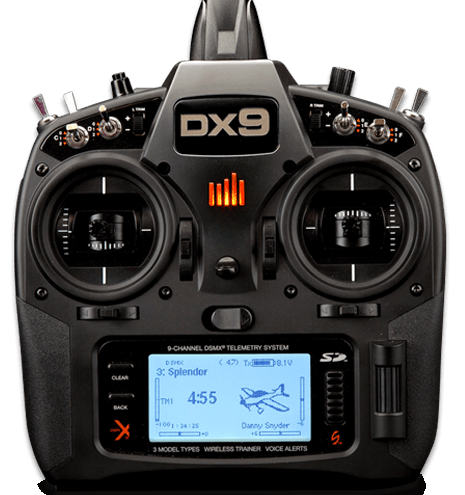

Step 4 – Register the Custom FormĪfter copying default ASPxScheduler forms and templates into your project, the corresponding paths will be automatically registered using the OptionsForms and OptionsToolTips properties. Locate the AppointmentForm.ascx form and the corresponding code-behind file (or if you use Visual Basic) and copy them to the newly created CustomForms folder. Copy default ASPxScheduler forms and templates to your project site using the ASPxScheduler control’s Smart Tag, as described in the Dialog Forms article. Step 3 – Prepare a Custom Appointment Editing FormĬreate a new folder named “CustomForms”. You can do this in the Visual Studio Designer, in the markup or using the property grid (ASPxScheduler control ->Storage->Appointments->CustomFieldMappings).Ī.Add(new AppointmentCustomFieldMapping("ApptCustomInfo", "CustomInfo")) Ī.Add(New AppointmentCustomFieldMapping("ApptCustomInfo", "CustomInfo")) Step 2 – Specify Custom Field MappingsĪdd custom field mapping for the previously created CustomInfo field. Modify your select/insert/update queries to include those fields. The CustomInfo field will contain text, thus, depending on your database and data provider, it could be of the string:NVARCHAR(MAX) type or one similar to it. Step 9 - Execute the Custom Save CommandĪdd a new field named “CustomInfo” to your data source.Step 8 - Create a Custom Appointment Form Controller.Step 6 - Bind the Custom Editors to Data.


For the complete sample project, see the following DevExpress Support Center example.


 0 kommentar(er)
0 kommentar(er)
